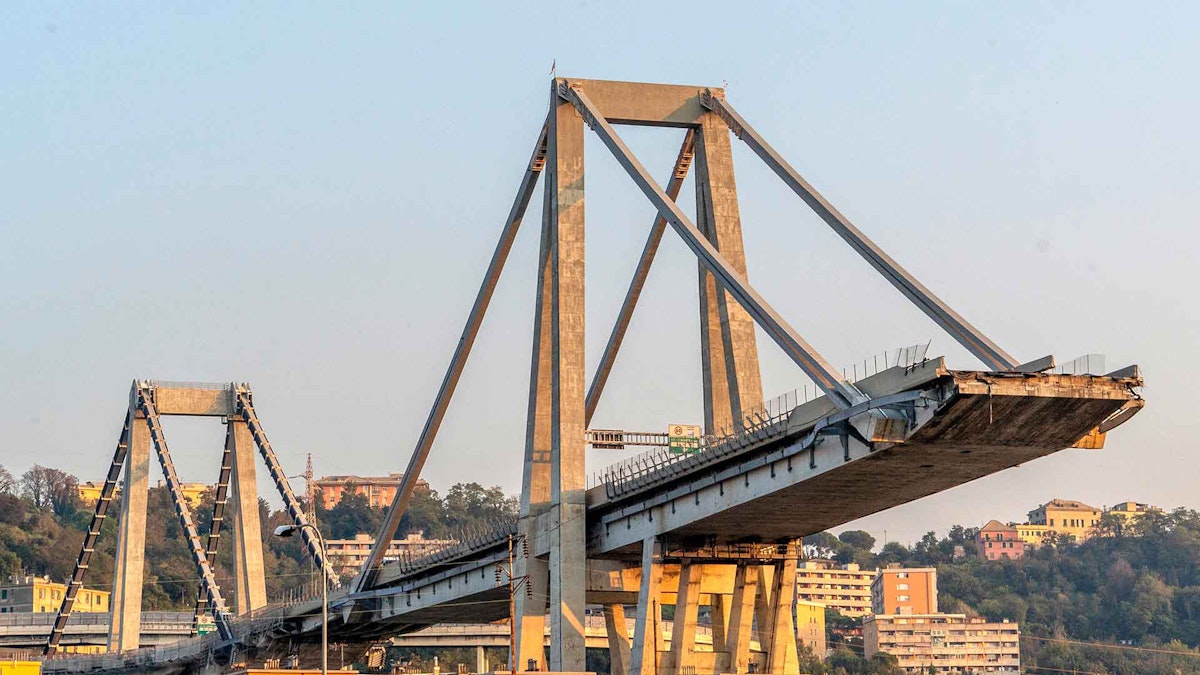Table of contents
Browse categories
Browse authors
 AB
ABAlberto Boffi
 AL
ALAlessia Longo
 AH
AHAl Hoge
 AB
ABAljaž Blažun
 BJ
BJBernard Jerman
 BČ
BČBojan Čontala
 CF
CFCarsten Frederiksen
 CS
CSCarsten Stjernfelt
 DC
DCDaniel Colmenares
 DF
DFDino Florjančič
 EB
EBEmanuele Burgognoni
 EK
EKEva Kalšek
 FB
FBFranck Beranger
 GR
GRGabriele Ribichini
Glacier Chen
 GS
GSGrant Maloy Smith
 HB
HBHelmut Behmüller
 IB
IBIza Burnik
 JO
JOJaka Ogorevc
 JR
JRJake Rosenthal
 JS
JSJernej Sirk
 JM
JMJohn Miller
 KM
KMKarla Yera Morales
 KD
KDKayla Day
 KS
KSKonrad Schweiger
Leslie Wang
 LS
LSLoïc Siret
 LJ
LJLuka Jerman
 MB
MBMarco Behmer
 MR
MRMarco Ribichini
 ML
MLMatic Lebar
 MS
MSMatjaž Strniša
 ME
MEMatthew Engquist
 ME
MEMichael Elmerick
 NP
NPNicolas Phan
 OM
OMOwen Maginity
 PF
PFPatrick Fu
 PR
PRPrimož Rome
 RM
RMRok Mesar
 RS
RSRupert Schwarz
 SA
SASamuele Ardizio
 SK
SKSimon Kodrič
 SG
SGSøren Linnet Gjelstrup
 TH
THThorsten Hartleb
 TV
TVTirin Varghese
 UK
UKUrban Kuhar
Valentino Pagliara
 VS
VSVid Selič
 WK
WKWill Kooiker
Can Bridge Collapses Be Prevented by Continuous Structural Monitoring?

April 8, 2023
Wikipedia's list of bridge failures features 110 entries from the year 2000 onwards, including several high-profile ones like the Genoa viaduct disaster. The accident again prompted the question: how could it happen in the 21st century with the present bridge structural monitoring abilities of the industry?

Bridge-building has been evolving for thousands of years, with the oldest parts of bridges ever found dating back to 1500 years BC. Even the first iron bridge has been built centuries ago, in 1779. Hence the vast majority of bridges are built by the book with reliable well-tested methods. It is what we like to call a mature technology.
In today’s data-driven world the bridge structural monitoring is far from data-driven.
Yet bridges do fail. In a way, a bridge failure can be compared to a plane crash. Bridges, in general, are considered safe, only a very small percentage of bridges actually fail. But when an accident occurs it has catastrophic immediate consequences and tops the news.
The difference, though, is that there are hundreds of sensors on each jet plane monitoring its health all the time, while the most common method for evaluating the health of a bridge is — visual inspection. In today’s data-driven world the monitoring of bridge structural health is far from data-driven. And so is their overall maintenance.
As mature as the technology might seem, building anything that needs to last 100 years is a huge engineering challenge. Most of the bridge collapses occur well into their life and the inspection reports from the years before the collapse normally contain warnings about the deficient structural state.
The same was the case with the Morandi Bridge in Genoa and the I-35W Mississippi River Bridge in Minneapolis in 2007. The problem is that there are nowhere near enough resources (financial, operational, and infrastructural) to replace or repair all the bridges that are deemed structurally deficient in those reports. Therefore the bridge owners (states, ultimately) are faced with priority decisions. And since there is not enough real data on the structural behavior of bridges during their life, they don’t have a database upon which to decide.
Building anything that needs to last 100 years is a huge engineering challenge.
The excuse for not monitoring every bridge with a sophisticated data acquisition system based on vibration and strain sensors has long been the price of such installations. Recent developments in measurement hardware, data analysis software and structural engineering methods have decreased that cost dramatically. It is now possible to monitor the structure with relatively affordable 3-axial accelerometers. Devices are only linked with a single network cable extending from sensor to sensor over large distances.
IOLITEi 3xMEMS-ACC utilizing low-noise MEMS accelerometers is a revolutionary technology. It dramatically decreases the cost of structural monitoring and helps bridge safety institutes to gather vibration data continuously and in real-time from remote locations.
The sensor network monitors the vibrations across the structure, allowing engineers to perform the operational modal analysis (OMA). Measured acceleration data is integrated into velocities and displacements and analyzed in the frequency domain. The result is oscillation shapes (modes) of the structure.
Keep in mind that a bridge oscillates under excitation just like a guitar string, albeit with a rather low amplitude compared to its size. A very sensitive accelerometer is able to detect that and a data acquisition software package like DewesoftX is able to translate the data into meaningful parameters.
The price of continuous bridge monitoring is decreasing and becoming negligible in the total cost of ownership of a structure.
This way the bridge vibration monitoring is running continuously. For example, a decrease in stiffness due to steel corrosion changes the frequency and amplitude of the vibration. The same is true when excessive load is applied to the bridge due to increased traffic or wind. That is not to say that it is straightforward to determine when the bridge is in a critical state and needs to be stopped for traffic. But at least we should start gathering the long-term data from as many installations as possible to build databases that are fundamental for deciding on maintenance priorities.
Constant synchronized state-wide vibration measurement and operational modal analysis combined with weather and traffic monitoring will enable us to improve on the bridge health criteria over time. The gathered information will give us unparalleled insights in prioritizing bridge repairs, saving state expenditures, and most importantly, human lives.
IOLITEi 3xMEMS-ACC bridge structural monitoring system makes the engineering surveillance possible for a price that is negligible compared to structural repairs or worse, to the bridge collapsing.
Learn more:

This article was originally published at monodaq.com on December 1, 2018.